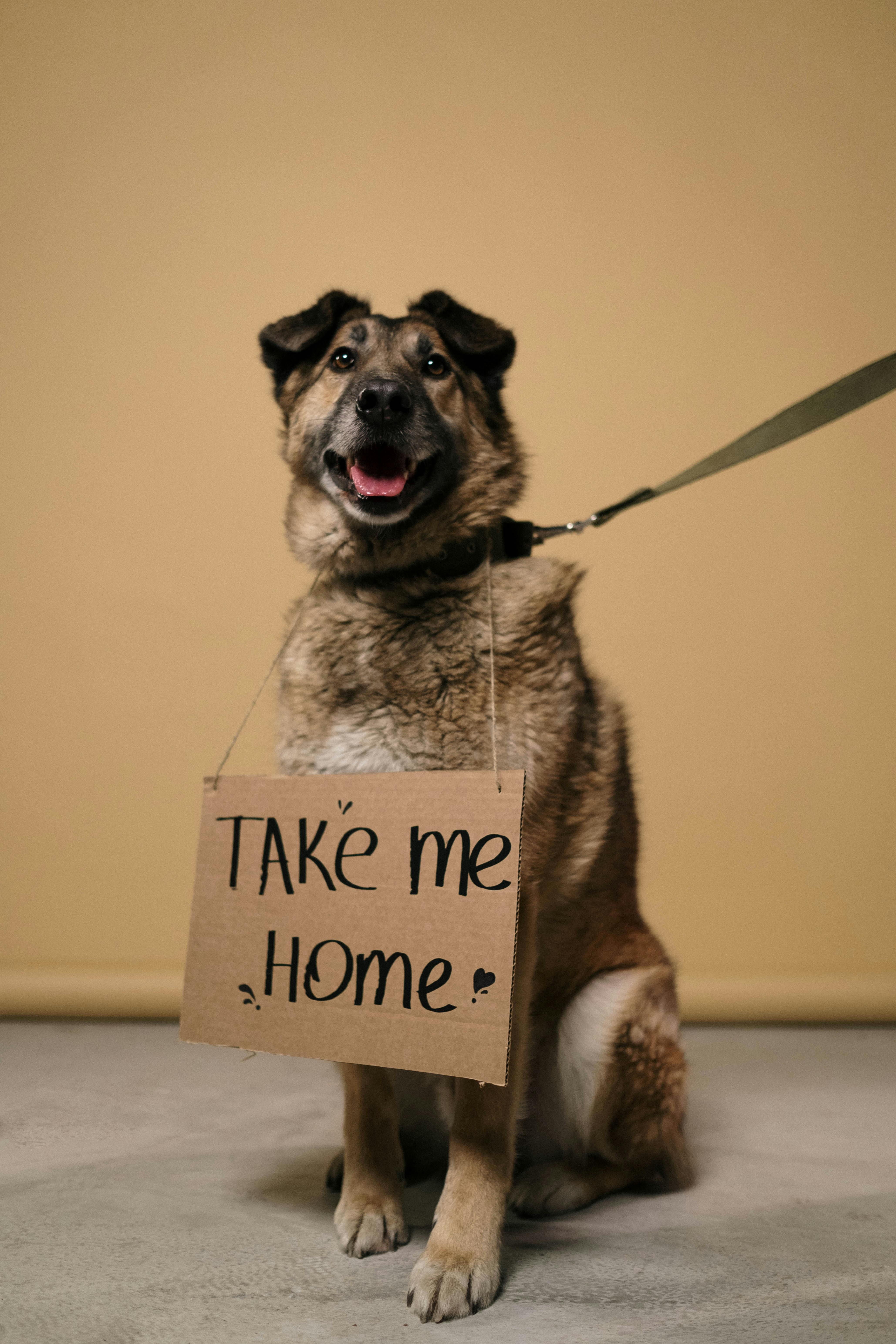Identifying common behavioral cues and effective responses
Understanding an animal’s signals helps caregivers respond appropriately and support welfare. This overview highlights common behavioral cues across dogs, cats, and other companion species, and suggests effective responses that integrate training, enrichment, and basic wellness practices to reduce stress and prevent escalation.

Understanding and responding to common behavioral cues is a key part of caring for companion animals. Recognizing subtle changes in body language, vocalizations, and activity level allows owners, shelter staff, and caregivers to address needs such as grooming, nutrition, exercise, or medical attention before problems escalate. The practical approaches outlined here emphasize clear, calm responses and evidence-informed practices to support animal welfare and reduce conflict between people and pets.
This article is for informational purposes only and should not be considered medical advice. Please consult a qualified healthcare professional for personalized guidance and treatment.
Grooming: What signs show grooming is needed?
Visible matting of fur, persistent scratching, greasy coat, or repeated face pawing are behavioral cues that grooming or a skin check is required. Some animals become irritable or hide when they are uncomfortable under fur or around sensitive areas. Respond by creating a calm grooming routine: use short, positive sessions, reward cooperative behavior, and inspect for parasites, wounds, or dental odor during handling. If an animal resists strongly or shows pain, seek a veterinarian or professional groomer experienced with fearful animals to avoid injury.
Nutrition: How does behavior indicate dietary issues?
Changes in appetite, sudden weight loss or gain, scavenging, or food-focused aggression can signal nutrition problems or underlying health conditions. Anxious pacing around meal times or refusal to eat can reflect stress, dental pain, or changes in household routine. Respond by reviewing diet quality relative to life stage, monitoring portion sizes and feeding schedule, and consulting a veterinarian about allergies or metabolic conditions. For multi-pet households, structured feeding and separate bowls can reduce competition and food-related stress.
Behavior: Which cues suggest stress or illness?
Common stress cues include yawning, lip-licking, crouching, flattened ears, tucked tail, or avoidance. In cats, hiding and reduced grooming may indicate pain or sickness. In dogs, sudden aggression, clinginess, or lethargy can also reflect distress. Respond by giving space, minimizing startling stimuli, and observing for additional signs such as vomiting, diarrhea, or fever. When cues persist or escalate, arrange a wellness check that includes vaccination and dental screening if relevant, because health issues often underlie behavioral change.
Training: How can training address behavioral cues?
Training that uses positive reinforcement helps redirect unwanted behaviors and builds trust. For example, counterconditioning replaces fearful responses to triggers with rewards, while basic obedience reduces frustration-based behaviors by providing structure. If an animal shows resource guarding or separation anxiety, work with a qualified trainer to develop gradual desensitization plans. Incorporate short, consistent sessions tied to daily routines, and include firstaid knowledge for trainers and owners so responses remain safe during emergencies.
Enrichment and exercise: What activities reduce problem behavior?
Boredom and inadequate activity often manifest as destructive behavior, excessive vocalization, or hyperactivity. Provide enrichment through puzzle feeders, scent work, novel toys, and varied walking routes to stimulate mental and physical engagement. Regular exercise tailored to species and age helps regulate energy and supports dental and overall wellness. For animals in boarding or shelter environments, enrichment and consistent exercise reduce stress and improve chances for successful adoption by promoting calm, socialized behavior.
Socialization: When do social cues need intervention?
Fearful postures, avoidance of people or other animals, or inappropriate greeting behaviors indicate areas where guided socialization can help. Early, positive exposures to a range of experiences reduce later anxiety; for older animals, slow introductions and controlled interactions are essential. Microchipping and proper identification help ensure lost animals are returned to safe environments during rehoming or after escape. Boarding and shelter staff should follow standardized socialization protocols to reduce stress and improve welfare outcomes.
Conclusion Recognizing behavioral cues and responding with appropriate, measured actions improves animal welfare and strengthens human–animal bonds. Integrating routine grooming, balanced nutrition, targeted training, enrichment, and structured socialization helps prevent many behavioral issues. When signals suggest pain, illness, or severe distress, prompt veterinary assessment and coordinated care with trainers or shelter professionals provide the best route to recovery and long-term wellbeing.





